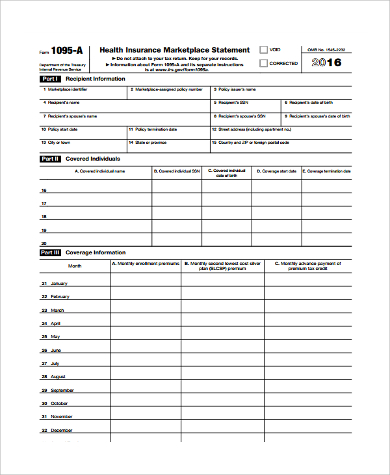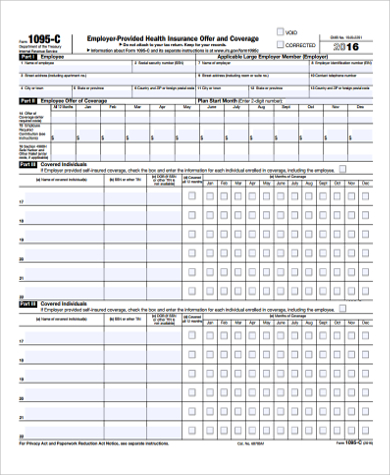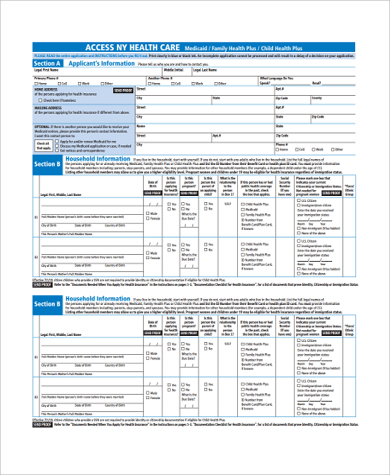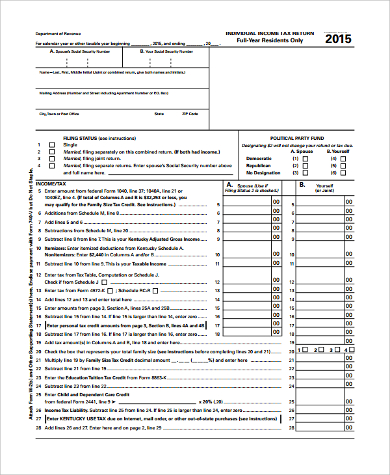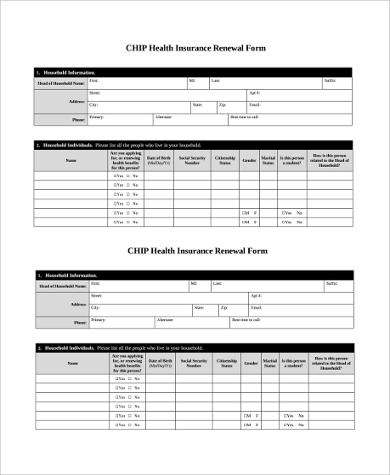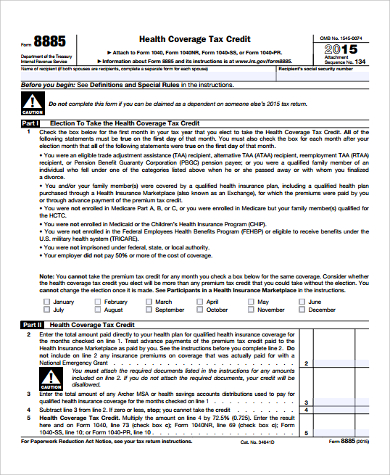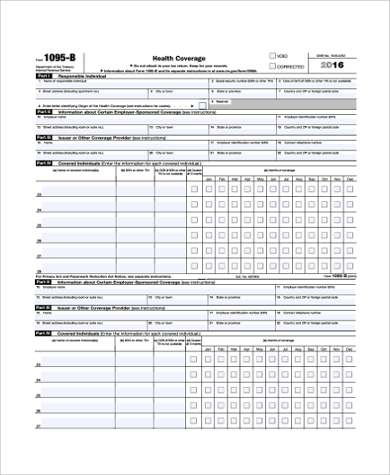Have you asked yourself why we utilize different kinds of forms instead of just using one? I mean, it is still a form anyway. Forms have various uses. There are forms for hospital purposes, for employment purposes, for legal purposes, for insurance purposes, and so much more that you can think of.
Not all translations require the same information. Some information may be useful in an employment form but may not be applicable in a health insurance tax form. Health insurance tax forms need to contain all the necessary and important information as any missing information can be taken against you. That is why we have Sample Forms prepared below for your health insurance tax needs.
Marketplace Health Insurance Tax Form
Health Insurance Income Tax Form
Employer-Provided Health Insurance Tax Form
Proof of Health Insurance Tax Form
Health Insurance Penalty Tax Form
Benefits of Having a Health Insurance
- They cover certain costs that can really help with your medical expenses.
- You have protection from high medical costs.
- Most preventive care services are free, like immunizations and checkups.
- You can easily find specialists with the affiliated doctors and hospitals they have in their network.
- There are different types of health insurance plans that you can choose from to fit your needs.
- You will not incur any penalties for not having a health insurance.
Health insurance tax forms are undeniably useful when it comes to working with our health insurance tax. We are just lucky that we have them available for download online. We also have Sample Federal Tax Forms and Sample Tax Exemption Forms. We hope you won’t leave without downloading.
Types of Health Insurance Plan
If you want to get yourself or your family a health insurance plan, you may want to know a little about it first. There are 6 types of insurance plans and they are the following:
- Preferred Provider Organization (PPO) – PPO plans have a network of doctors and hospital that you are encouraged to use. They provide services to their members at a negotiated or discounted price. The PPO plan is good for you if you want flexibility in choosing your own health service providers and the burden of acquiring a referral for a specialist.
- Health Maintenance Organization (HMO) – You will have a low out-of-pocket cost and low premiums in this type of plan. They offer more preventive services such as checkups and immunizations. The downside of this plan is you will not have any coverage if you go outside of your network without proper authorization from your primary care provider.
Health Insurance Renewal Tax Form
Health Insurance Credit Tax Form
Health Insurance Tax Form
- Exclusive Provider Organization (EPO) – Just like an HMO type of heath insurance, the exclusive provider organization have their own network of physicians and hospitals that they require their members to use. An exception is during emergency situations.
- Indemnity Plans – This health insurance plan allows the member flexibility and freedom in their health insurance plan. It is also known as a Fee-for-Service plan. There are instances where the member pay the costs first and then they file a claim to get reimbursed for the amount that is covered.
- Health Savings Account (HSA) – It is usually coupled with a high deductible health plan (HDHP). A health savings account is often intended for medical expenses that are not covered in an HDHP. Both the employer and the employee contribute to this account. You may also see our Sample Tax Forms.
- Point of Service (POS) – This plan is a combination of an HMO and a PPO plan where you can choose a primary care provider within the plan’s network.
Related Posts
Agreement Form Samples & Templates
Vehicle Inspection Forms Samples & Templates
Sample Employee Advance Forms
Sample Child Travel Consent Forms
Sample Testimonial Request Forms
Sample Employee Details Forms
Sample Divorce Forms
Sample Attestation Forms
Employee Performance Appraisal Form Templates
FREE 9+ Sample Presentation Evaluation Forms in MS Word
FREE 10+ School Admission Form Samples & Templates in MS Word | PDF
FREE 30+ Patient Consent Form Samples in PDF | MS Word
FREE 10+ Sample Sign Off Form Templates in PDF | MS Word
FREE 11+ Sample Medical Consultation Forms in PDF | MS Word
FREE 8+ Sample Donation Forms in PDF | MS Word
